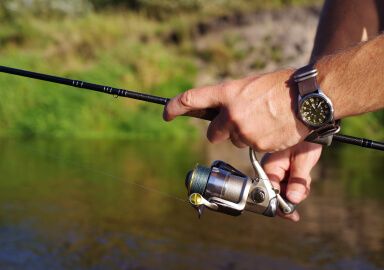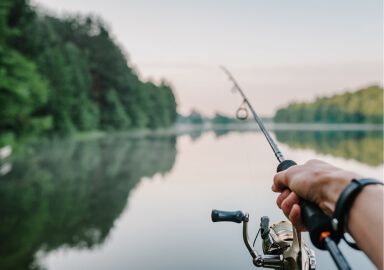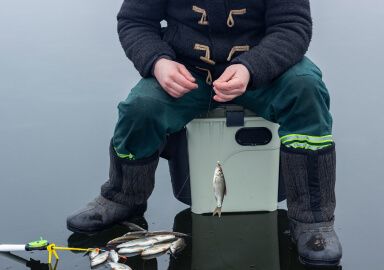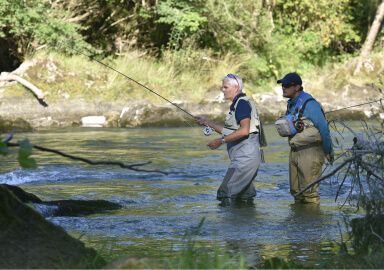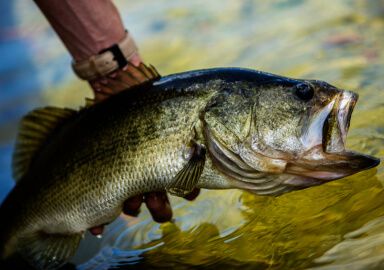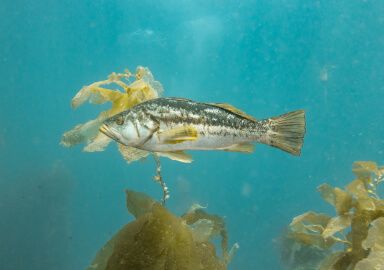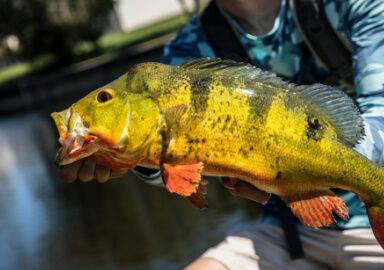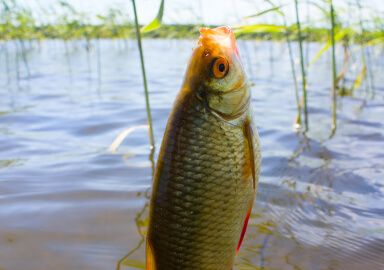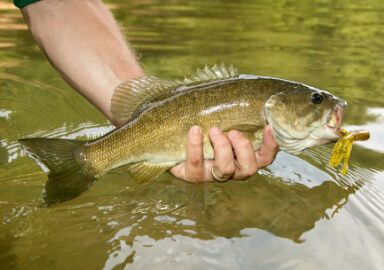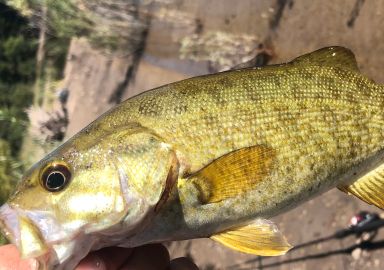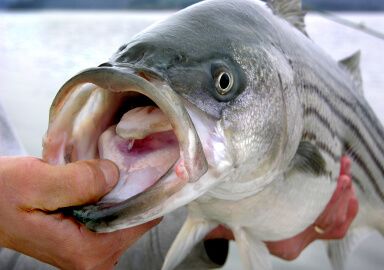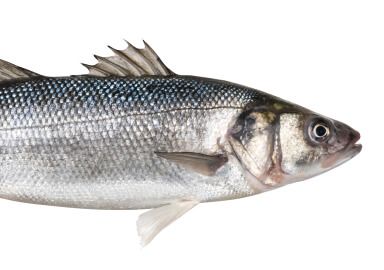Largemouth Bass
The largemouth bass is North America’s most important game fish, widespread and fun to catch. The culture of bass angling is bolstered by fishing tournaments where celebrity anglers compete to catch these hard-fighting fish.
View 32 listings
32
listings
–
price starting from
5
countries
–
to the nearest trip
Where and When?
Largemouth bass are popular and widely distributed; these black bass are native to the eastern and central U.S., southeastern Canada, and northern Mexico, but they’ve been stocked nearly everywhere, and you can fish for largemouth bass in every U.S. state except Alaska, as well as in many other countries, especially in South and Central America.
You can find excellent bass fishing in small farm ponds, big rivers, reservoirs, natural lakes, and even ditches and canals. Bass usually prefer warm, shallow areas of lakes, reservoirs, and rivers. They typically choose locations that offer cover in the form of brush, fallen trees, or sticks.
In the spring (spawning season), as well as during summer mornings and winter afternoons, bass can often be found closer to the shore. They are caught around different types of structure, such as vegetation, docks, fallen trees, etc. During other periods, larger bass tend to hang out in deeper water. The best time of day to fish for bass is usually early morning and in the evening, although you can catch bass any time of day.
About Largemouth Bass
Largemouth bass differ from other types of bass by the definite lateral stripe on their sides, and the fact that their jaw extends behind the back margin of the eye when the mouth is closed. A largemouth bass between 8 and 20 pounds is considered a trophy. The current world record for largemouth bass is a two-way tie at 22 pounds, 4 ounces. One of those bass was caught in Georgia and one in Japan, which gives you an idea how widely distributed these fish are.
In spring, a female largemouth may lay 2,000 to 43,000 eggs in a nest in shallow water, and then the male bass guards the eggs until they hatch. Many largemouth bass anglers encourage the practice of catch and release, especially with larger bass. This is because the largest bass are usually breeding females. Largemouth bass have a very high survival rate if released carefully.
How to Catch?
Largemouths key on crayfish and baitfish for their main diet, so these natural baits work well, as do artificial lures that mimic these food sources. Fly fishing can be a good tactic for largemouths, especially in the spring when these fish are in shallower water. Spin fishing and casting artificial lures, however, is the most common way to catch largemouth bass, since this allows the angler to cover a lot of water and locate more fish.
There are a wide variety of lure types that work well on largemouths, including spinnerbaits, jigs, swimbaits, and crankbaits. Accurate casting is essential for successful bass fishing since you’ll want to place your lure or bait near cover. In colder water, bass are more lethargic and are usually caught using a slower retrieve. When the water warms up, bass are more active and will bite a faster-moving lure.



